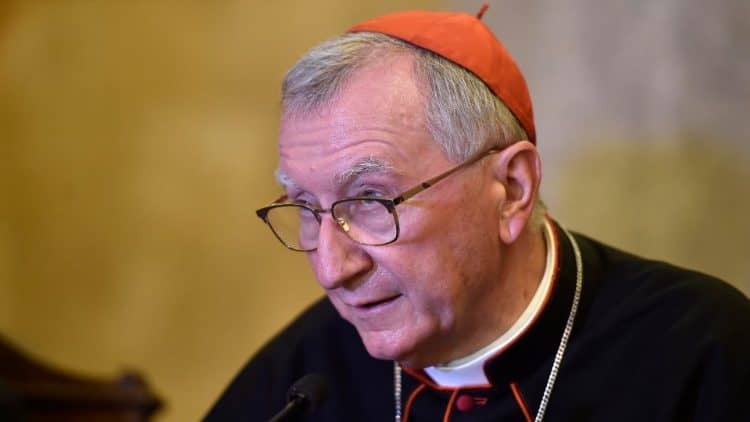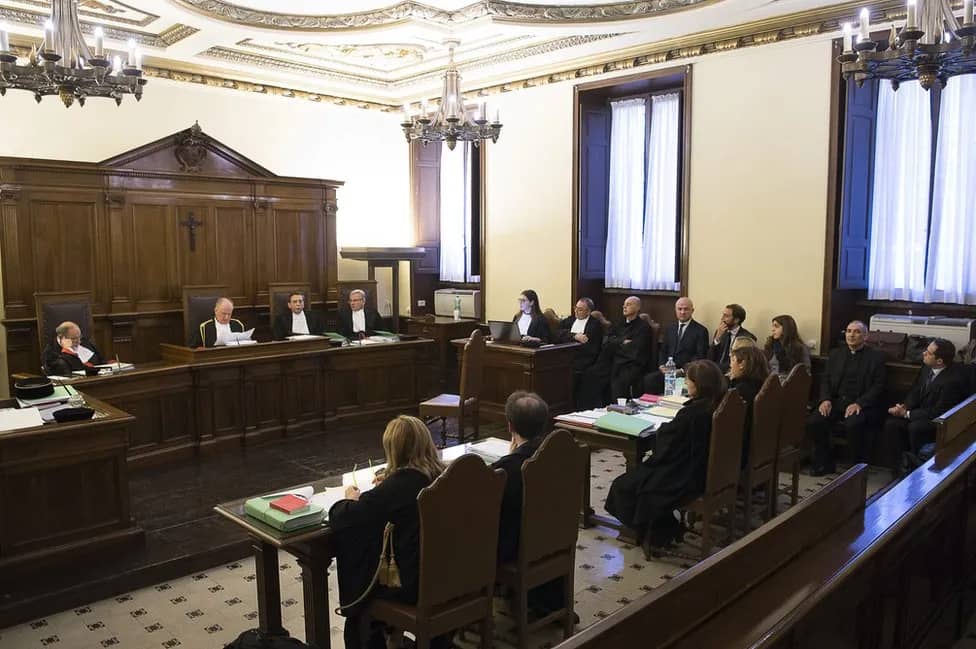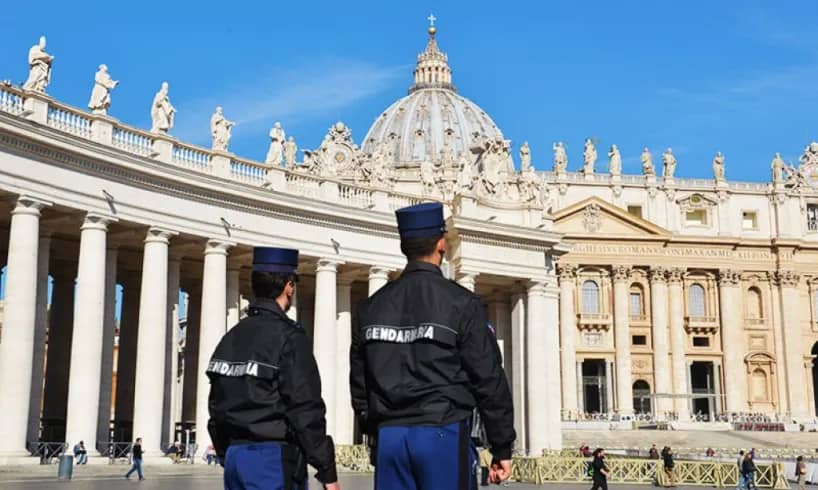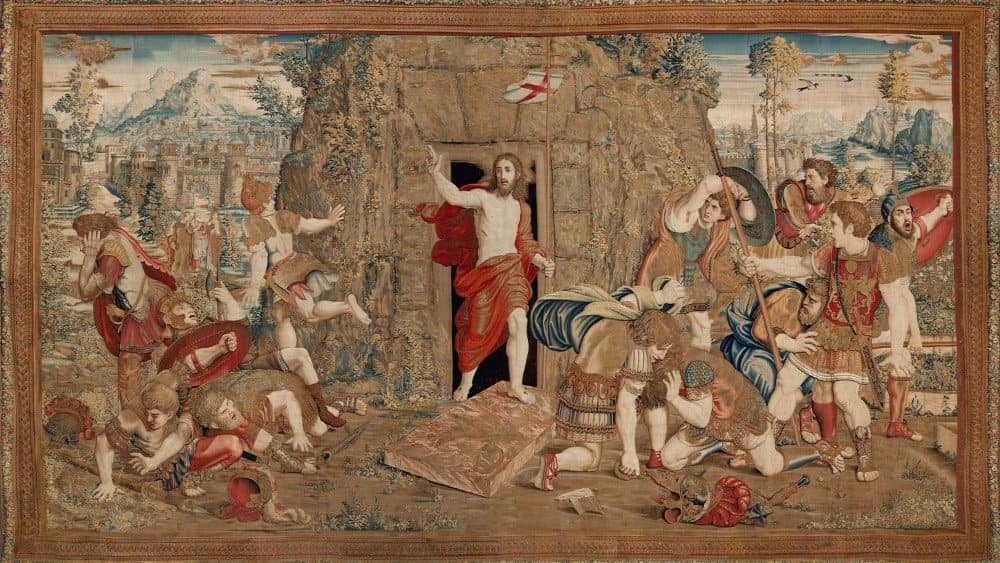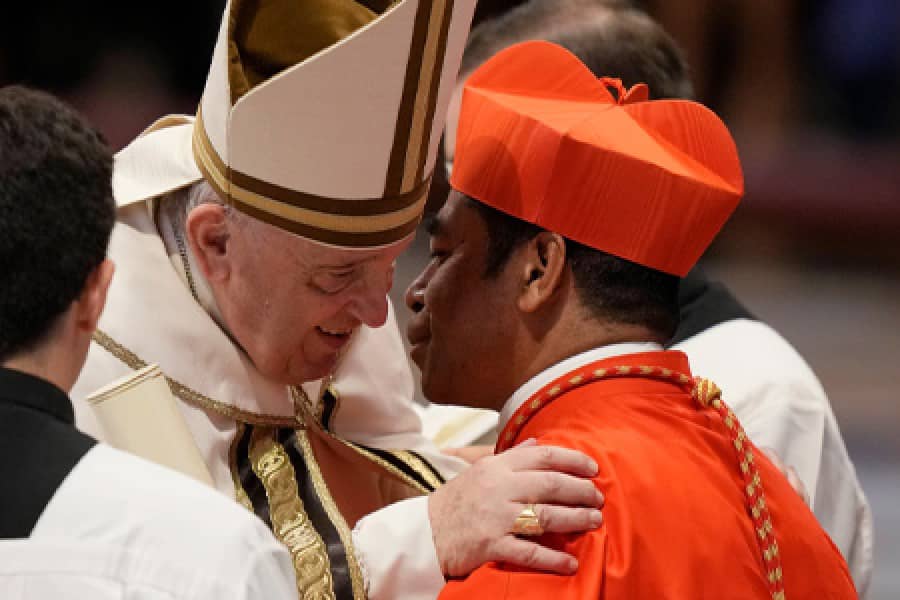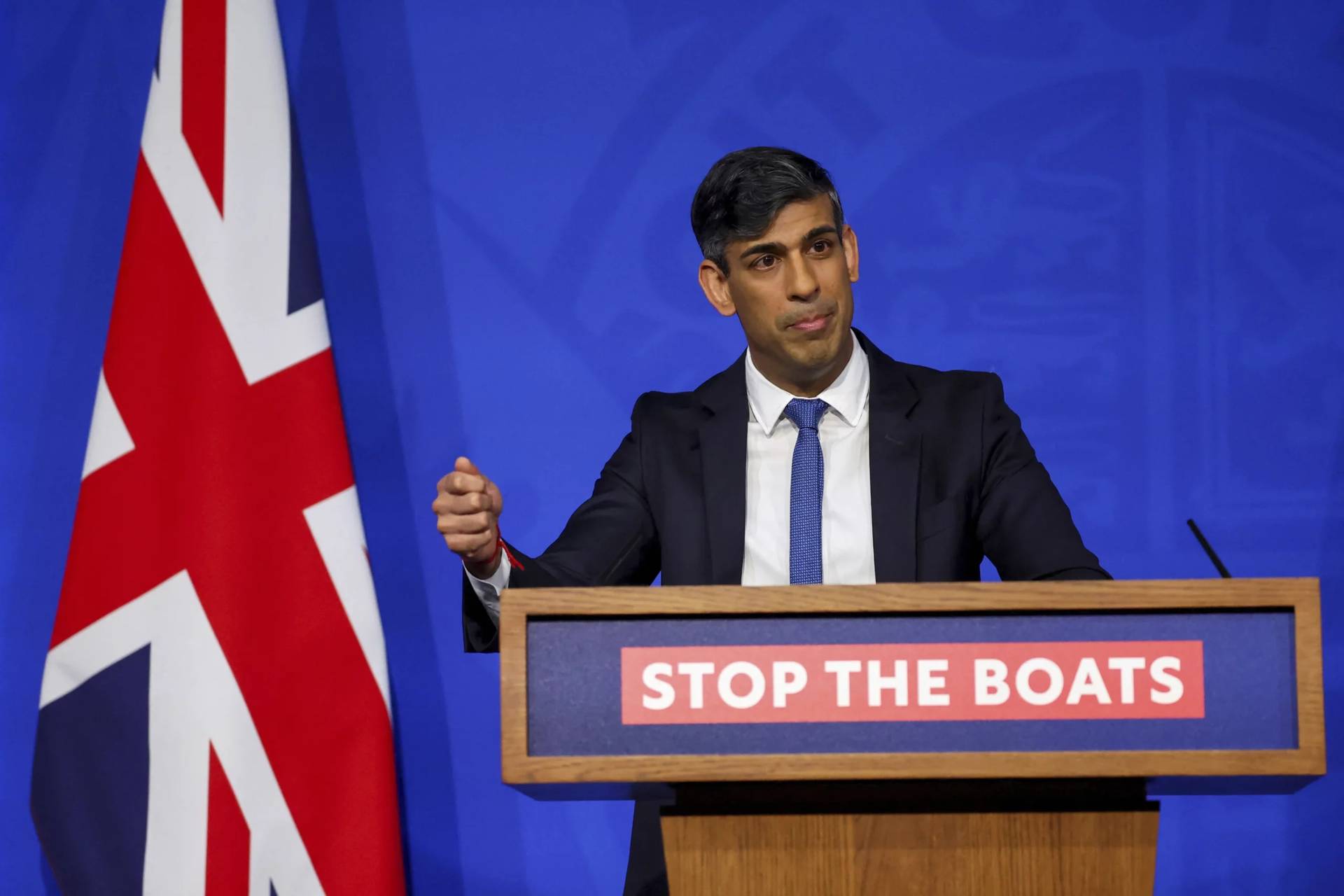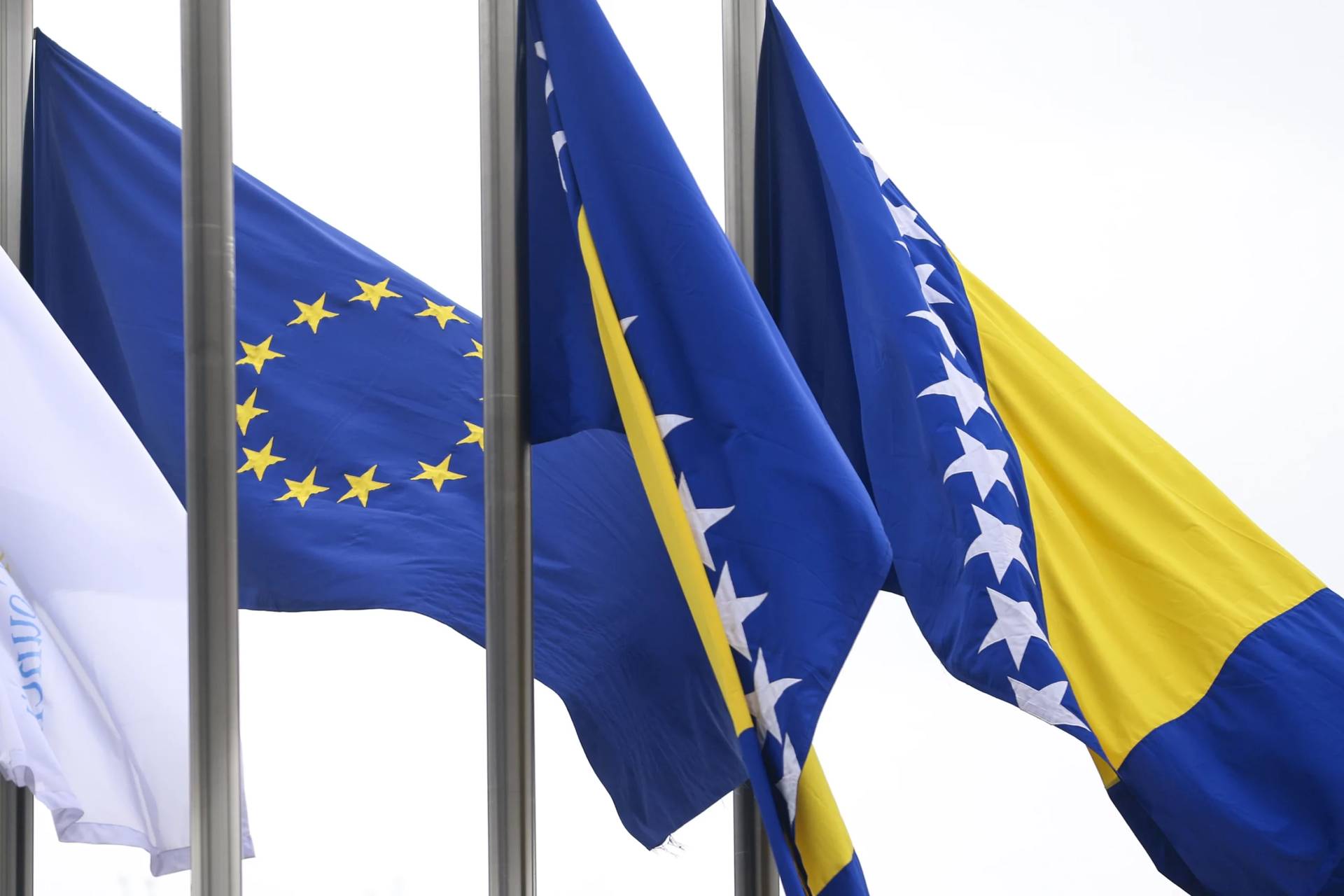ROME — Whenever Pope Francis talks about the need to welcome immigrants, to build bridges not walls, and to invest in the countries from which people are fleeing, critics inevitably will ask, “Okay, but what are you doing about it?”
From snarky observations about the walls around Vatican city to wry observations about all the under-utilized ecclesiastical facilities in Rome, a standard trope for skeptics of papal rhetoric is to charge that Francis doesn’t walk his own talk.
In truth, however, this “pope of the poor” is doing quite a bit, from helping fund hospitals in the Central African Republic to having the Vatican sponsor migrant families arriving from the Middle East.
Much more is done on a daily basis by Catholic charities around the world, from Catholic Relief Services, the international charity of the United States bishops’ conference, to local Caritas offices at the forefront of the refugee welcoming process in countries such as Greece, Italy and Spain.
Without diminishing the efforts of these organizations that make the Catholic Church arguably the world’s largest non-governmental provider of humanitarian aid to migrants and refugees, this summary treats only what the Vatican is doing under Pope Francis.
Ukraine
Though the conflict in the country has faded into a media black zone, Ukraine is still at war with Russia over the annexation of the eastern peninsula of Crimea, and pro-Russian separatists have since taken control of eastern portions of Ukraine. An estimated 1.9 million people are currently internally displaced.
Francis made some missteps on this issue, particularly back in 2015 when he referred to the conflict as “fratricidal” — deeply offending many Ukrainians, who see it instead as the result of foreign aggression.
Yet last year the pope called for a special collection in every Catholic church in Europe to help the Ukrainians, collecting close to $13 million, half of which was distributed last December.
On Feb. 14-15, the papal representative in Ukraine, Archbishop Claudio Gugerotti, together with Bishop Jan Sobilo, President of the Technical Committee of the initiative The Pope for Ukraine, visited the Donetsk region, particularly Avdiyivka, which was most affected by the conflict.
The website of the initiative quotes Gugerotti saying that when Francis first heard about this region, he wanted his representative “to go there as soon as possible.”
Particular attention will be paid to a project directed to children, because they are “the future of Ukraine, and the conditions in which they grow up and developing today will determine Ukraine’s future for years and generations,” Gugerotti said.
Among other things, the archbishop made a donation in the name of the pope and Catholic faithful from across Europe, that will be distributed through Save the Children.
Syria
According to the United Nations High Commission for Refugees, the situation in Syria is the “biggest humanitarian and refugee crisis of our time, a continuing cause of suffering for millions which should be garnering a groundswell of support around the world.”
After a six-year war, some 14 million people need help, with 11.5 million having no access to hospitals or doctors, 40 percent of whom are children. An estimated 58 percent of the local hospitals have either been damaged or destroyed during the war, leaving an estimated 300,000 women currently pregnant who won’t have the needed help during delivery. Furthermore, some 600 people, including doctors and nurses, who worked in health-related facilities have been killed, and medicines are hard to come by.
According to Cardinal Mario Zenari, the papal representative in Syria, more people die today for lack of health assistance than from fatalities inflicted by the fighting.
“I carry already the blood of so many in my purple,” Zenari said, in reference to the color of his clothes. “Visiting Syrian hospitals, I saw bandaged legs and amputated limbs, and I immediately thought of the red color of blood and what Pope Francis preaches: Scarlet is service, not power.”
In the pamphlets promoting the initiative “Hospitals open in Syria,” Zenari is quoted saying that mercy in this country is exercised at 360 degrees.
The initiative, presented in Rome on Thursday, is a joint effort by the foundation of the Italian Gemelli hospital, the NGO Avsi People for Development, and the Vatican’s Dicastery of Integral Human Development. The plan is to provide material support and professional formation for three Catholic hospitals in Syria, both in Aleppo and Damascus.
Monsignor Giampietro Dal Toso, acting secretary of the Vatican office, said on Thursday that Pope Francis has “a special attention for the situation in the beloved Syria.”
Back in 2012, Pope Benedict XVI urged the former papal charitable body, Cor Unum, to help coordinate Catholic aid in the Middle East, which has continued under Francis, with annual meetings in the Vatican, that have led to “several concrete results.”
For instance, in the last three years the global Church has helped an estimated four million people, investing some $560 million in humanitarian aid.
At the pope’s request, Dal Toso was recently in Aleppo, visiting the city with Zenari.
The vulnerable in Rome
In the precincts of the Vatican every night, several dozen people sleep under the Bernini colonnade around St. Peter’s Square, many of whom use a medical clinic, showers, a free barber and restrooms installed at Francis’s request. Many are fed each night by Archbishop Konrad Krajewski, the man charged with distributing the pope’s aid among the poor in Rome.
Then there’s a recently opened Jesuit shelter for the homeless, a few feet away from the Vatican, which again, at the pontiff’s request, offers 34 beds for men who can stay there for up to a month at a time.
Not far away, literally to the side of the Vatican’s gate and with a door that is basically located in “the wall,” Mother Teresa’s Sisters of Charity run a shelter called Gift of Mary. They give beds to some 50 people each night.
With a permanent population estimated at fewer than 800 people, the Vatican is also sponsoring two refugee families, one for each church in the small state. This was announced on the same day Francis urged all Catholic churches, convents and monasteries in Europe to offer shelter to at least one refugee.
In addition, on his way back from the Greek island of Lesbos last April, Francis brought with him 12 Syrian refugees, all of them Muslims. With the help of the Catholic organization Sant’Egidio, they’re now living in Rome, with the children going to school, the adults having received Italian lessons and help to find jobs. Some, such as Nour Essa, are currently going to university.
Several families have followed though a humanitarian corridor opened by San’Egidio. Many of these families received financial support from the Vatican.
These are only a handful of the many cases that could be quoted:
- The $200,000 collected by a Vatican art project and destined for a pediatric hospital in the Central African Republic, which Francis visited back in 2016;
- A January 16-17 conference held in Rome by the Vatican and the International Holocaust Remembrance Alliance, attended by public policy-makers from Europe, North America and the Middle East, focused on refugee policies from 1933 to the present day. The opening remarks were given by Archbishops Paul Gallagher and Silvano Tomasi, from the Vatican’s Secretary of State and the Dicastery for Integral Human Development;
- An initial donation of $100,000 to Haiti, in the aftermath of Hurricane Matthew last October or the $110,000 donated to a clinic for Iraqi refugees;
- A 2016 Vatican-sponsored conference held in Rome in partnership with Catholic Relief Services on impact investment, which sought to enlist the rich of the world to work with the poor, using the power of investment dollars to shift power to local communities, so they can be the lead actors in eradicating poverty.
These activities might seem small and insignificant when viewed by themselves, but put together, they form a tapestry of concrete gestures that prove that when it comes to human suffering, Francis is trying to lead not only with words, but by example.







